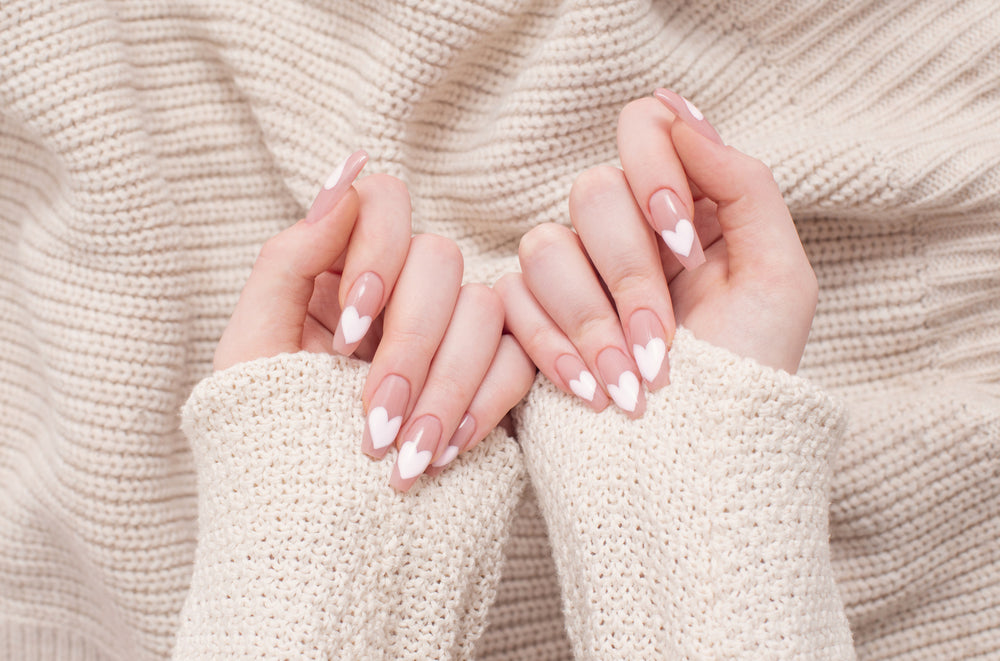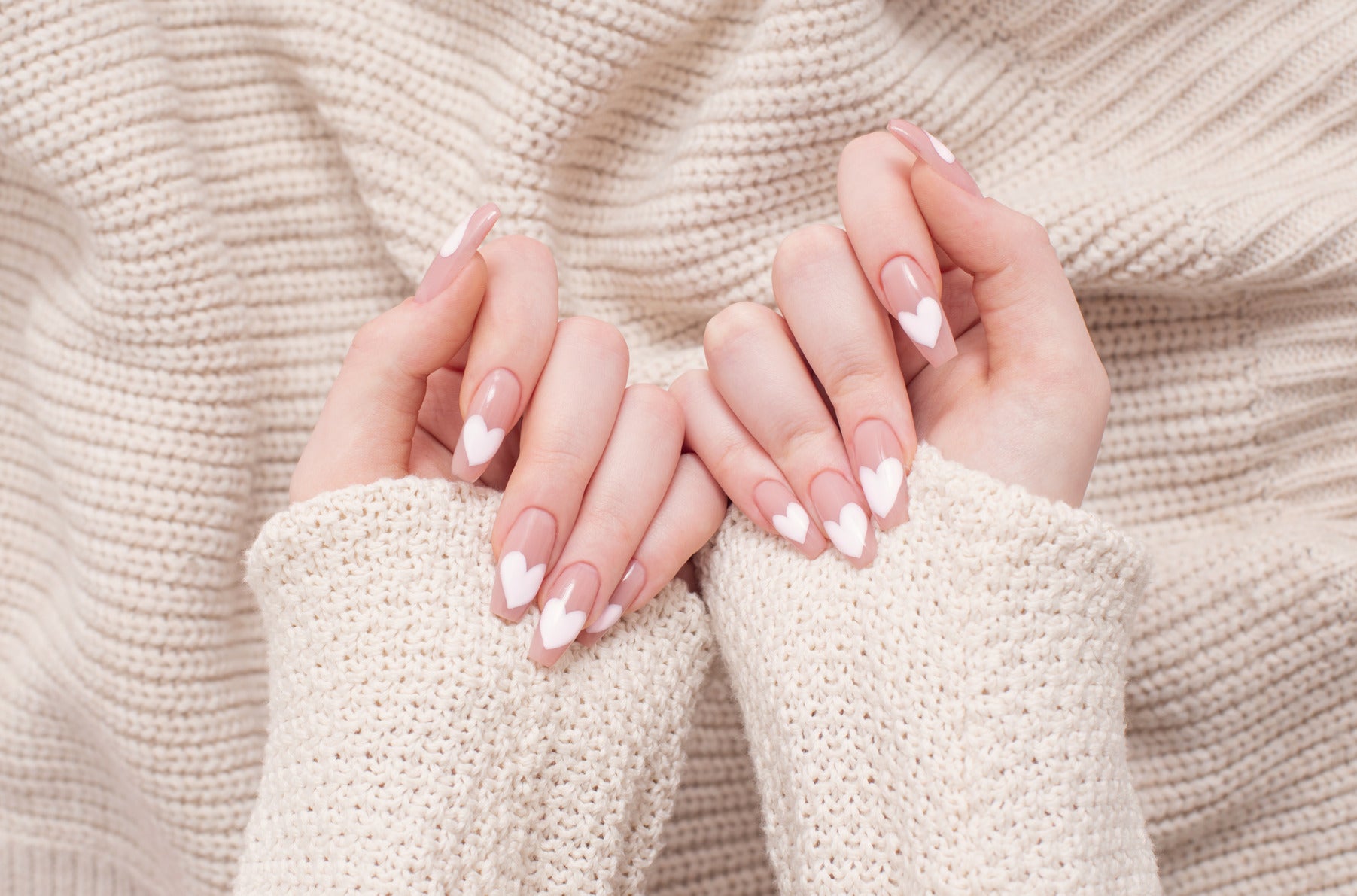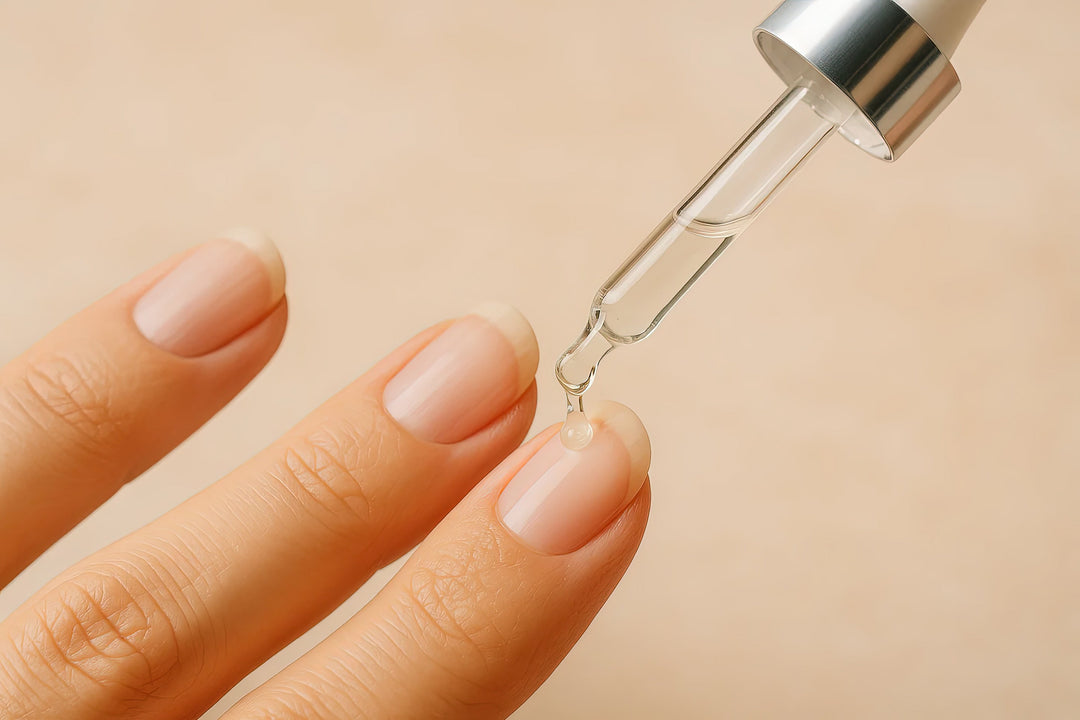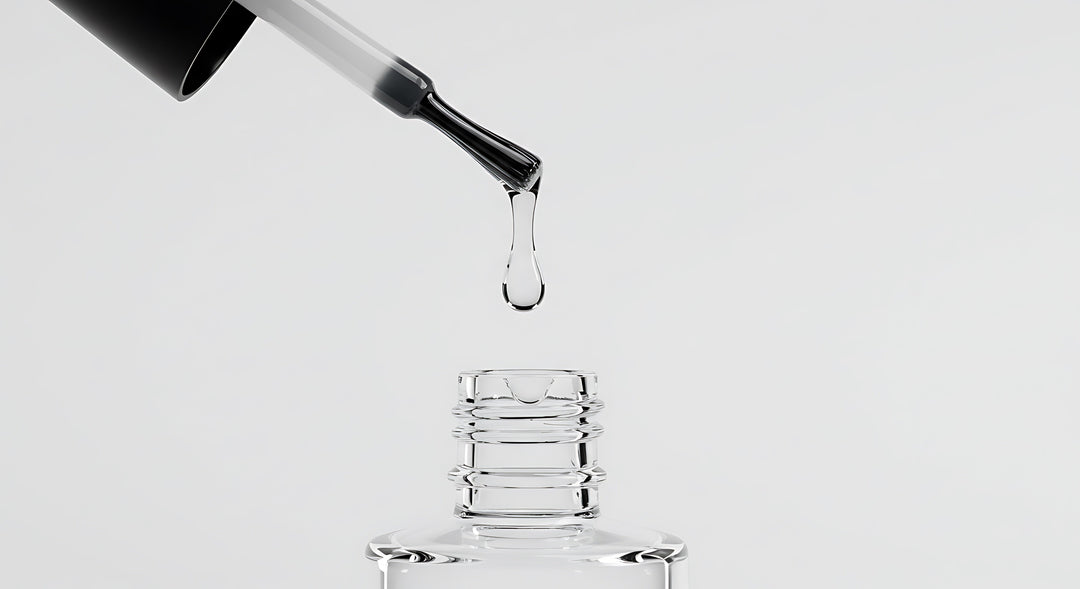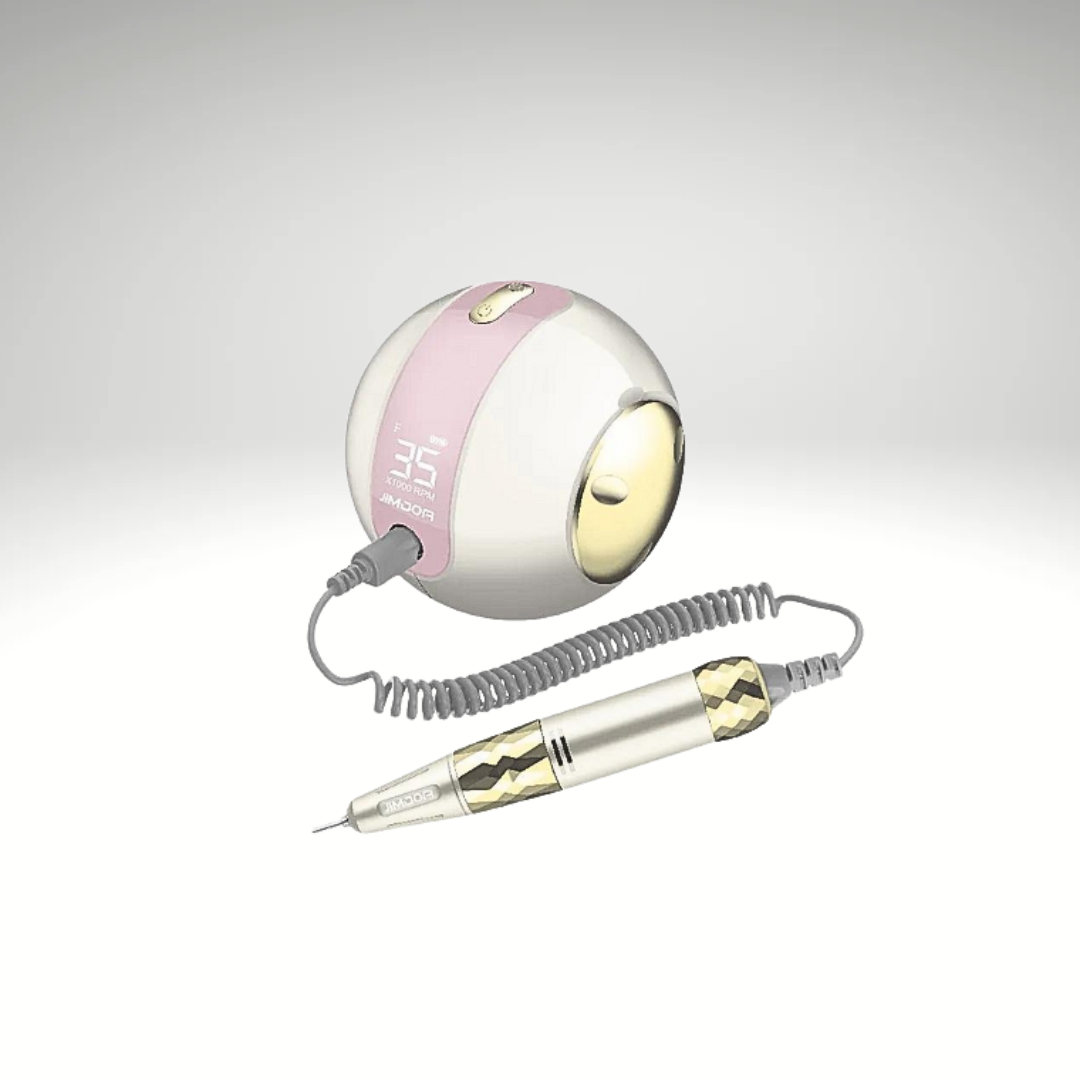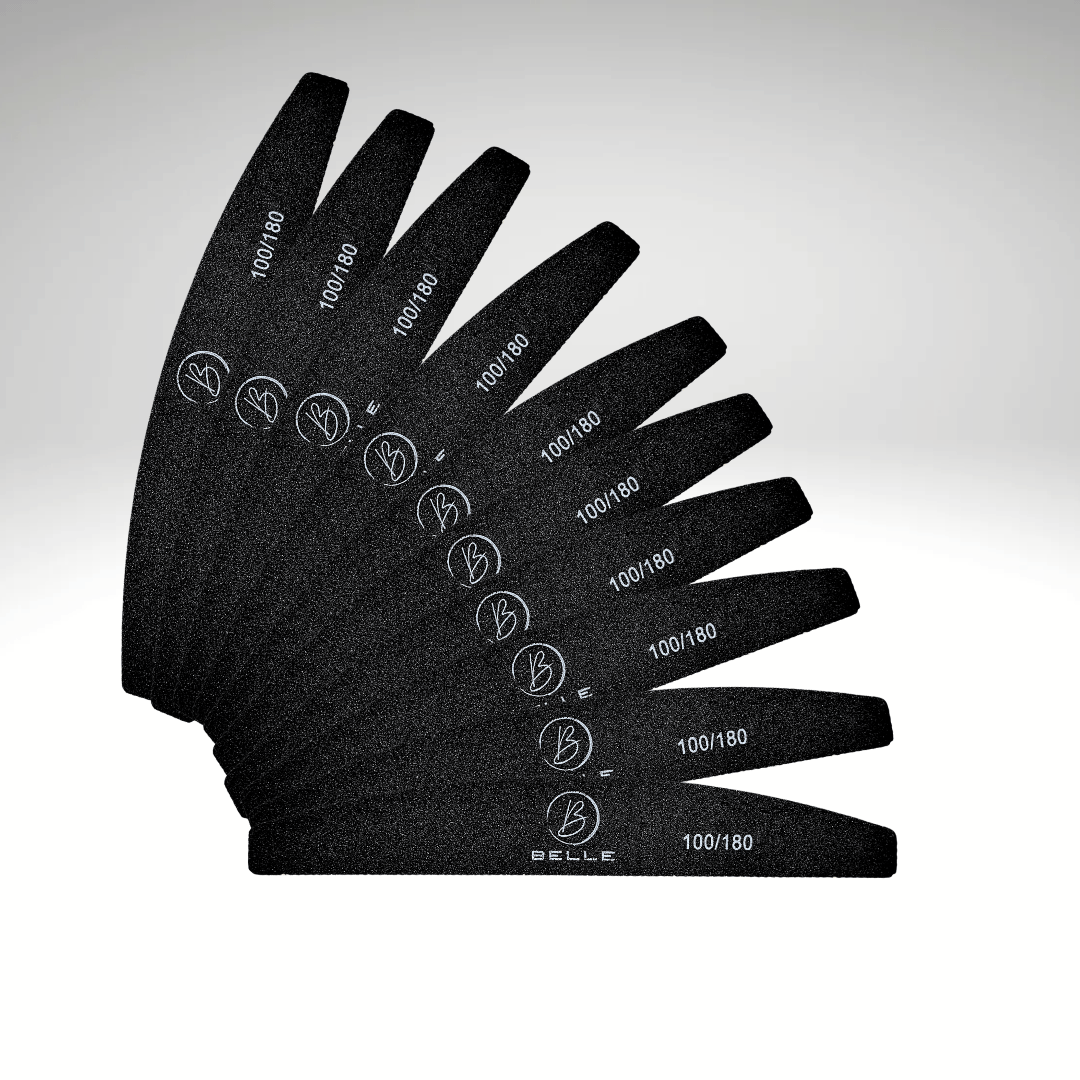Weird But True: Fascinating Nail Facts You've Never Heard Before
Weird But True: Fascinating Nail Facts You've Never Heard Before
Nails are more than just a canvas for colourful polish. They hold secrets and stories that many overlook.
From ancient beauty rituals to modern nail art, nails have a rich history. They reveal fascinating insights into our health and habits.
Did you know your nails grow faster in summer? Or that they can absorb more substances than your skin?
These weird beauty facts and nail trivia can surprise even the most seasoned nail enthusiasts.
Join us as we explore fun nail facts and nail care tips that every aspiring nail technician should know.
The Science Behind Your Nails: What Are They Really Made Of?
Nails are fascinating structures consisting mainly of keratin. This sturdy protein is the same found in hair and skin.
Keratin's resilience gives your nails their protective and durable qualities. This makes them ideal for both function and style.
Your nails encompass several parts, each with a specific role.
These include:
- Nail Plate: The hard, visible part of the nail.
- Cuticle: The protective barrier against bacteria.
- Lunula: The half-moon shape visible at the nail base.
Understanding these components is essential for proper nail care. For aspiring nail technicians, this knowledge is invaluable in providing effective treatments and services.
Nail Growth Facts: How Fast and Why?
Nails grow at different rates depending on various factors. On average, fingernails grow about 3.5 millimetres per month, while toenails grow more slowly.
The growth rate can vary due to age, health, and environmental factors. For instance, nails often grow faster in the summer than in the winter.
The nails on your dominant hand may grow slightly quicker. This is usually due to increased usage and better blood circulation.
Here are some key factors affecting nail growth:
- Temperature: Warmer temperatures boost circulation, enhancing growth.
- Nutrition: A balanced diet promotes healthy nail development.
- Blood Flow: Increased physical activity can improve circulation.
Understanding these growth dynamics helps aspiring nail technicians maintain healthy nail care routines. Regular trimming and using nourishing products can support optimal nail growth.
Consistent care ensures your clients' nails remain strong and well-maintained, contributing to their overall health.
Nail Trivia: History, Culture, and World Records
Nail care has a rich history that dates back thousands of years. The ancient Egyptians were pioneers, using henna to add colour to their nails over 5,000 years ago.
In ancient China, nail polish signified social status. It was made from natural ingredients like beeswax and egg whites. Royals wore gold and silver shades.
Nails have intrigued people across cultures and eras. Early Babylonian warriors dyed their nails before battle with kohl. This practice symbolised strength and nobility.
Fascinating world records highlight the extreme lengths (literally) people go to with their nails. The longest recorded fingernails reached an astonishing 28 feet.
Here's a list of intriguing nail trivia:
- Guinness World Record: Fastest manicure completed in 8 minutes 45 seconds.
- First Nail Salon: Opened by Mary E. Cobb in the UK in 1878.
- Nail Art: An evolving trend with competitions worldwide showcasing creativity.
Understanding this history enriches a nail technician's appreciation for their craft. It connects modern practices to ancient traditions, adding depth to their work. This knowledge enhances the client's experience and appreciation too.
Weird Beauty Facts: Surprising Things You Didn’t Know About Nails
Did you know nails are more permeable than skin? They absorb substances more easily, which is why nail health needs careful consideration.
Fingernails grow faster than toenails, and even faster on your dominant hand.
This happens because increased use boosts blood flow.
White spots on nails are often misunderstood. They're usually due to minor traumas, not a calcium deficiency as many believe.
Even the seasons affect nail growth. Nails tend to grow quicker in summer due to better circulation compared to the colder months.
Here are some more strange, yet true nail facts:
- Onychophagia: The fancy term for nail biting, which can lead to infections.
- Moon-shaped Lunula: Most visible on your thumb, it's part of the nail's growth area.
- Cutting Nails at Night: Considered bad luck in some cultures, though no one knows exactly why.
These unexpected facts can intrigue and inform aspiring nail technicians. Understanding these peculiarities helps in mastering nail care techniques.
Fun Nail Facts: Quirky Stats and Unusual Records
Nail care is packed with curious facts and records.
Did you know the longest recorded fingernails ever reached an astonishing 28 feet?
The average person spends over 3,000 hours on nail care in a lifetime. That's a significant chunk dedicated to polish and maintenance.
Nail art competitions showcase the extraordinary creativity within this industry. Designs range from minimalistic to detailed, capturing audiences worldwide.
Here's a peek into some quirky nail facts:
- Fastest Manicure: A record of 8 minutes and 45 seconds.
- Oldest Nail Salon: Opened in 1878 by Mary E. Cobb in the U.S.
- Popular Manicure Style: The French manicure, with elegant white tips, became iconic in the 1970s.
These fun nail facts highlight the vibrant world of nail care, adding an exciting twist to this fascinating subject.
Nail Care Tips Every Aspiring Nail Technician Should Know
Proper nail care is a core skill for any nail technician. Mastering these skills ensures your clients leave satisfied and your reputation grows.
Regularly moisturise your clients' cuticles. This keeps nails healthy and prevents unsightly hangnails.
Hygiene is crucial. Always sterilise your tools between clients to avoid infections.
Choosing the right tools can make or break your service. Invest in high-quality, durable equipment for the best results.
Remember to:
- Moisturise: Regular hydration protects nails and enhances appearance.
- Sterilise: Clean tools prevent infections and build trust.
- Invest: Quality tools lead to superior results and client satisfaction.
Additionally, avoid overusing acetone-based removers. They can dry out nails and cause brittleness over time.
Lastly, always stay updated with nail trends and techniques. Continuous learning ensures you stay competitive in the thriving nail industry.
What Your Nails Say About Your Health
Nails can reveal a lot about overall health. Observing them closely may highlight possible health conditions.
Changes in nail colour or texture could indicate underlying issues. Yellow nails, for example, may suggest fungal infections or lung problems.
Other signs include pitting or ridges. Such features might point to issues like psoriasis or stress.
Key health indicators in nails include:
- Colour: Sudden changes can signal health problems.
- Texture: Unusual shapes can indicate stress or other conditions.
- Strength: Brittle or weak nails often imply dietary issues.
Monitoring your nails regularly is essential for catching potential health issues early on.
Conclusion: Why Nail Knowledge Matters
Understanding nails involves more than just aesthetics. It's about health, history, and care techniques.
For aspiring nail technicians, this knowledge is invaluable. Mastering it leads to better services and satisfied clients.
Nail care blends artistry and science. It requires attention to detail and a grasp of unique facts.
With ongoing learning, nail professionals can help clients appreciate the wonders of their nails. This pursuit of knowledge enriches both personal and professional growth in the nail industry.


